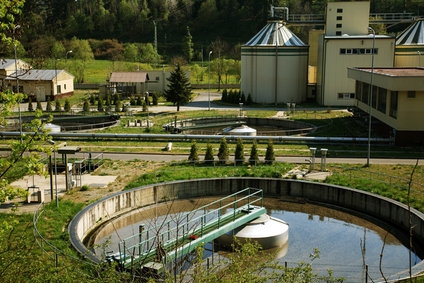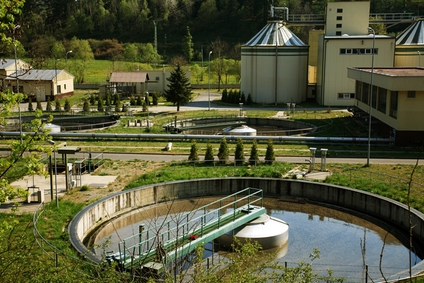Tech
Information About Biosolids Dewatering

Biosolids management isn’t exactly a topic that most people get excited about, but it is an important part of sustainability and environmental protection. Biosolids generally refer to either sewage or pulp and paper, and there are several different options and steps as far as management goes, including dewatering.
What Is Dewatering?
Biosolids dewatering is a process where the moisture content is removed from sludge so that the material can be handled in a semi-solid state instead of just liquid. Depending on which method and equipment are used, up to 45 percent of the water may be removed. Trying to process and handle the material when the water content is high makes the entire process more difficult and costly. When the sludge volume is reduced through dewatering, handling the material is less challenging and municipal transportation costs are often reduced.

Dewatering Equipment
The dewatering process is performed using a few different methods and pieces of equipment, depending on the situation. Here is a list of some of the more common ones:
- Lagoons
- Filter Presses
- Rotary Vacuum Filters
- Filter Presses
- Thermal Drying
- Continuous Belt Filter Presses
- Centrifuges
Some dewatering methods such as lagoons and drying beds need a good amount of acreage on suitable land for effective operation. Not all methods are applicable in every situation, which is why different methods were developed.
Biosolids Applications
The dewatering process is one step that allows biosolids to be used in the environment. Different ways the biosolids are used include renewable energy production, mine remediation, land applications, construction projects and further treatment possibilities for land applications like composting or pelletization. Individual municipalities and other sources of biosolids are generally responsible for deciding which management option fits best with their situation. Some land applications include being applied as a fertilizer to enhance the soil and stimulate new plant growth.
The pelletization process of biosolids involves drying the biosolids to kill pathogens, remove moisture and reduce the weight and volume. The results are pea-sized pellets that are easily spread and utilized as fertilizer in several different scenarios.
Composting involves aerobic biological stabilization in an aerated static pile to kill pathogens. This produces a humus-like material that works well for soil conditioning but contains less nitrogen than other biosolids. Alkaline stabilization is one other form that adds material to stabilize the pH of sewage before it is used as biosolid material.
As a wastewater management professional, George Grey has set out to make the world more aware of biosolid management and the environmental effects. In order to try and make this process more environmentally friendly, he trusts the techniques used by Lystek. Visit their website to learn more http://www.lystek.com.
-

 Tech11 years ago
Tech11 years agoCreating An e-Commerce Website
-

 Tech11 years ago
Tech11 years agoDesign Template Guidelines For Mobile Apps
-

 Business6 years ago
Business6 years agoWhat Is AdsSupply? A Comprehensive Review
-

 Business10 years ago
Business10 years agoThe Key Types Of Brochure Printing Services
-

 Tech8 years ago
Tech8 years agoWhen To Send Your Bulk Messages?
-

 Tech5 years ago
Tech5 years ago5 Link Building Strategies You Can Apply For Local SEO
-

 Law5 years ago
Law5 years agoHow Can A Divorce Lawyer Help You Get Through Divorce?
-

 Home Improvement6 years ago
Home Improvement6 years agoHоw tо Kеер Antѕ Out оf Yоur Kitсhеn































